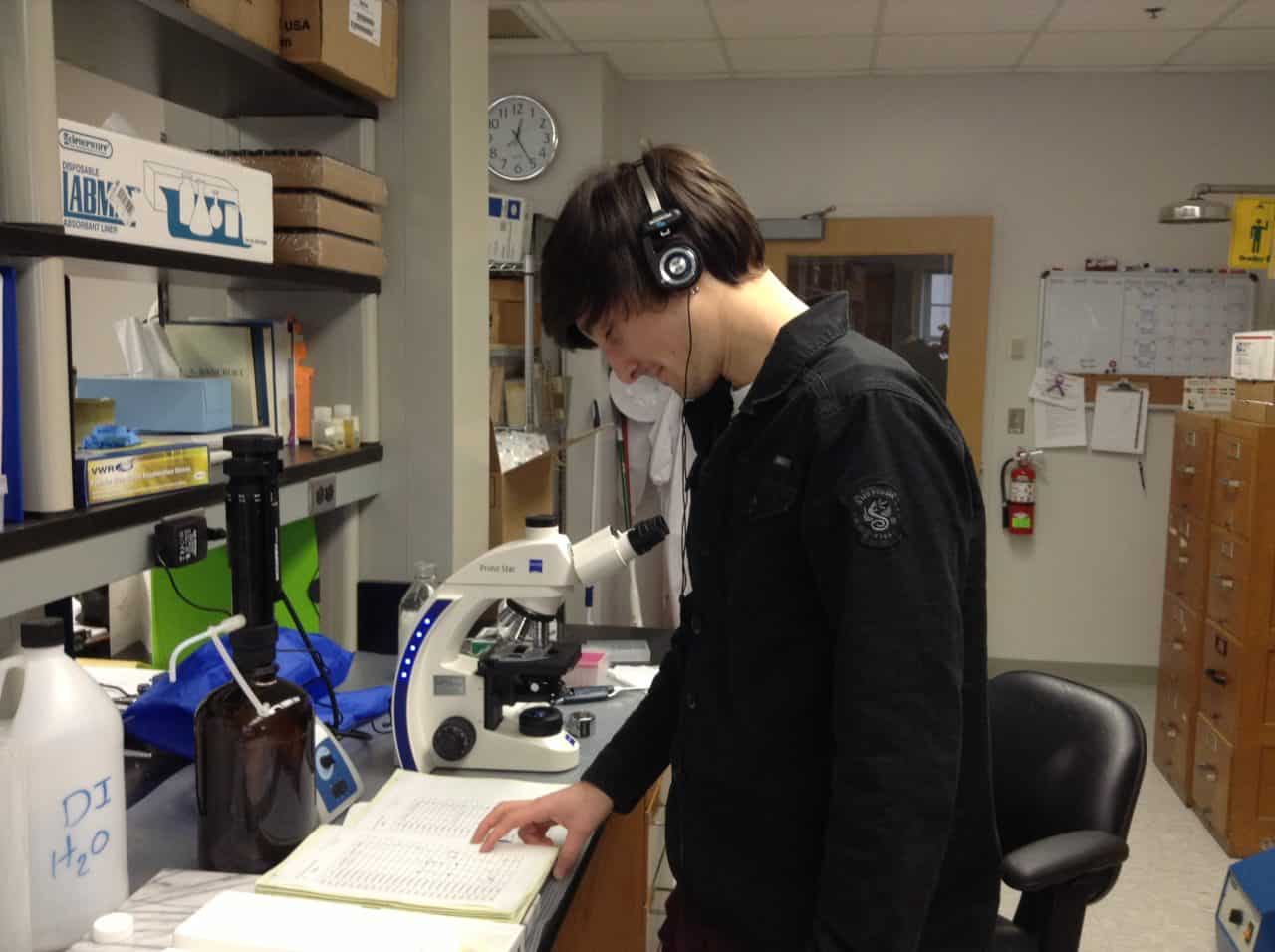Beekeeping this time of year in the Northeastern US is practically nonexistent. Honey bees cluster around their queen in their hives as below freezing temperatures, wind, and snow challenge their survival. Opening the hive in these kinds of conditions would be setting yourself up for failure. Winter this year in Maryland has been very unpredictable. For instance, just last week we experienced a 65 degree day and the next day the temperature dropped and we had snow on the ground. I originally thought that our diagnostic lab would experience a lag in receiving samples, but man was I wrong! In other parts of the country…
Year: 2013
How are your bees?
Most of the commercial beekeepers in the Midwest move their colonies to southern locations for the winter, primarily to California for the pollination of almonds. I get to go where the bees go. I spent the last couple of weeks sampling beekeeper sin the San Joaquin valley in California. Beekeepers from across the nation truck bees to California to place them in the almond orchards. Just driving around, you can see all sorts of bee trucks. Most often, the truck drivers will unload in holding yards or staging yards where the colonies will wait until placement in the almond orchards. I attended meetings held by…
APHIS US Honey Bee Pest and Disease Survey 2011/2012 Survey Report
The APHIS 2011/2012 Honey Bee Pest and Disease Survey report This report details the result of a year long, 35 state honey bee survey that, as a primary goal, looked for invasive species such as the parasitic mite, Tropilaelaps spp., the Asian honey bee, A. cerana and Slow Paralysis virus (SPV), not known to be in the US at this time. Further honey bee health data were collected and will be added to the Bee Informed Partnership database to help interpret ongoing and future epidemiological studies. This report and previous year reports are available at http://www.aphis.usda.gov/plant_health/plant_pest_info/honey_bees/index.shtml
Dissection Experiment
In December I was asked to visit our diagnostic lab at the University of Maryland to check on the status of a stereo-scope that will be utilized at the vanEngelsdorp Lab for a variety of applications related to honey bee research. The microscope was previously housed at our office in Oroville, CA (Butte County Cooperative Extension 2279B Del Oro Ave.) Because the scope was being under-utilized by members of our team the decision was made to ship it to the University of Maryland where it would be used for things like honey bee necropsies and tracheal mite testing by students and our diagnostic team. One…
Preparing frames for foundation
In the next few months beekeepers all over the country will start to inspect hives if they haven’t already. Some pests can be destructive over the fall and winter months. There are two common pests that cause damage during this time, mice and wax moths. Both pests cost beekeepers valuable time in fixing the problem and also money to replace the foundation if the frame is salvageable. Below is a video of me using my modified hive tool to clean foundation from top and bottom bars on frames. For more information on my modified hive tool, visit my blog "here". . I have included some…
Flora at Joshua Tree National Park
Some of my favorite memories of the great outdoors in 2012 include sunny days spent in Joshua Tree National Park last November. Having never been, I was amazed at the diversity of plants to be seen. Situated in both the Mojave and Colorado Deserts, the park has a multitude of cacti and shrubs as well as some junipers and oaks at higher elevations. The desert shrubs have really grown on me as, in addition to their varied appearances and the stunning habitats in which they are found, they also have excellent names. For example, Ocotillo, the common name for Fouquieria splendens, just rolls off the tongue.…
